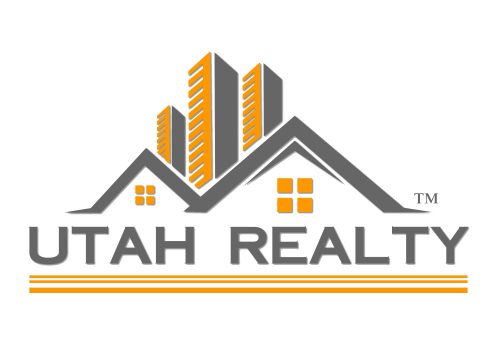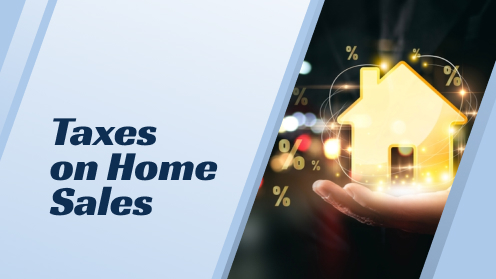VA Loans Can Help Veterans Achieve Their Dream of Homeownership

For over 78 years, Veterans Affairs (VA) home loans have provided millions of veterans with the opportunity to purchase homes of their own. If you or a loved one have served, it’s important to understand this program and its benefits.
Here are some things you should know about VA loans before you start the homebuying process.
What Are VA Loans?
VA home loans provide a pathway to homeownership for those who have served our nation. The U.S. Department of Veterans Affairs describes the program like this:
“VA helps Servicemembers, Veterans, and eligible surviving spouses become homeowners. As part of our mission to serve you, we provide a home loan guaranty benefit and other housing-related programs to help you buy, build, repair, retain, or adapt a home for your own personal occupancy.”
Top Benefits of the VA Home Loan Program
In addition to helping eligible buyers achieve their homeownership dreams, VA loans have several other great benefits for buyers who qualify. According to the Department of Veteran Affairs:
- Qualified borrowers can often purchase a home with no down payment.
- Many other loans with down payments under 20% require Private Mortgage Insurance (PMI). VA Loans do not require PMI, which means veterans can save on their monthly housing costs.
- VA-Backed Loans often offer competitive terms and mortgage interest rates.
A recent article from Veterans United sums up just how impactful this loan option can be:
“For the vast majority of military borrowers, VA loans represent the most powerful lending program on the market. These flexible, $0-down payment mortgages have helped more than 24 million service members become homeowners since 1944.”
John Bell, Acting Executive Director of the Department of Veterans Affairs Loan Guaranty Service, also explains why this program is so powerful:
“It provides early ownership for many people that would not have that opportunity to begin with. Since there’s no down payment, it allows people to hold their wealth and it gives them the ability to have long term financial security by being able to own a house and let that equity grow.”
Bottom Line
Homeownership is the American Dream. Our veterans sacrifice so much in service of our nation, and one way we can honor and thank them is to ensure they have the best information about the benefits of VA home loans. Thank you for your service.
Utah Realty Blog & News
The Latest news for Real Estate both local and National.
Buyers
Sellers
Seniors
Tips for Cutting Costs: Boost Savings for Home Buying!
Create a budget by listing income sources, tracking spending, and identifying non-essential expenses to reduce. Set financial goals by researching housing markets, breaking down savings into monthly or yearly targets.
Will You Owe Taxes When You Sell Your Home?
Homeowners may owe taxes if their profit exceeds the exclusion limits when selling their home. Single filers can exclude up to $250K in profits; couples filing jointly can exclude up to $500K.
Mortgage Calculator: How Much You Need To Buy a Home in Utah at a Rate of 6.60%
The average rate on a 30-year mortgage has decreased to 6.60%. In Utah, the median home price is $595,000, requiring a 20% down payment of $119,000, resulting in a monthly payment of $3,040. With a 10% down payment, the upfront cost is $59,500, leading to a monthly...
How to Maximize Profit When Selling a Damaged House
Selling a damaged house can still be profitable if you follow certain strategies. Start by staging the property to highlight its best features. Make necessary repairs without overspending. Improve curb appeal by cleaning up the exterior. Depersonalize and deep-clean...
Realtor.com 2025 Housing Forecast
In 2025, home prices are projected to rise by 3.7%, with mortgage rates averaging 6.3%. The housing market may experience shifts due to potential regulatory and tax changes under a Trump administration. Home sales are expected to increase by 1.5%, while for-sale...
4 mortgage interest rate scenarios that could occur in 2025
Mortgage rates have fluctuated since January 2024, starting near 7% and briefly dropping to 6.15% in September before rising to an average of 6.93%. Experts predict various scenarios for 2025, including rate stability, gradual declines, continued volatility, or...
Join Our Newsletter


